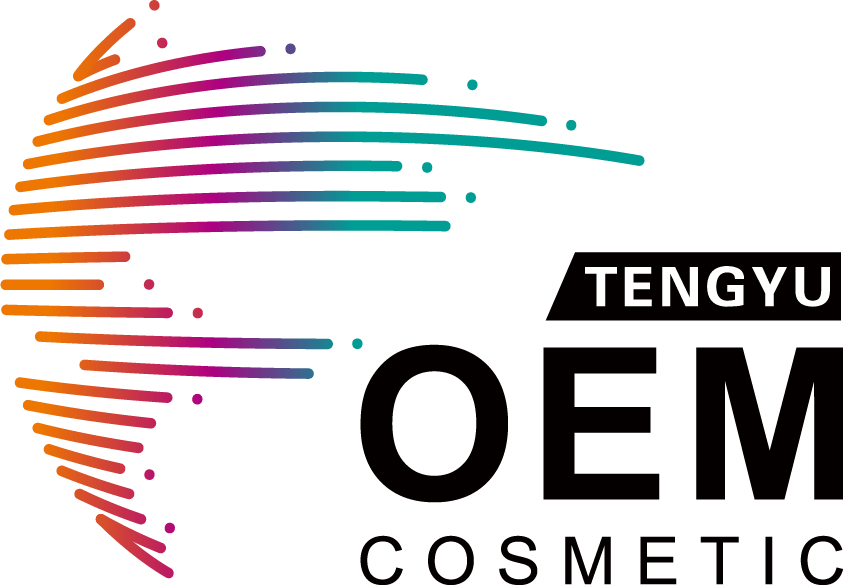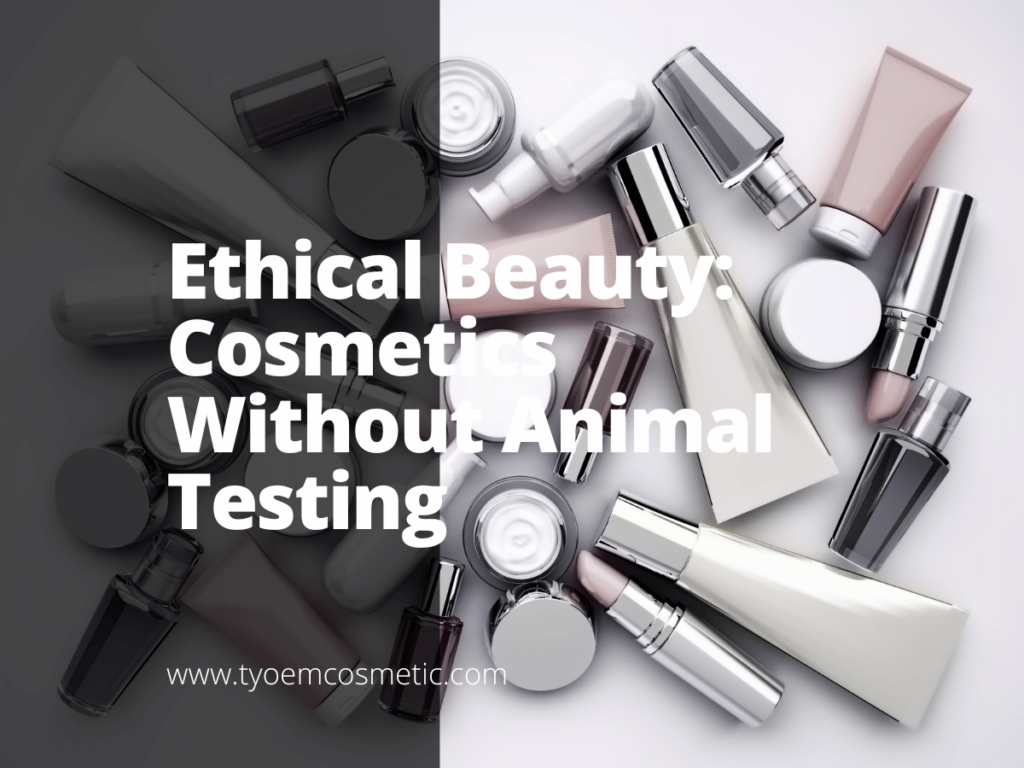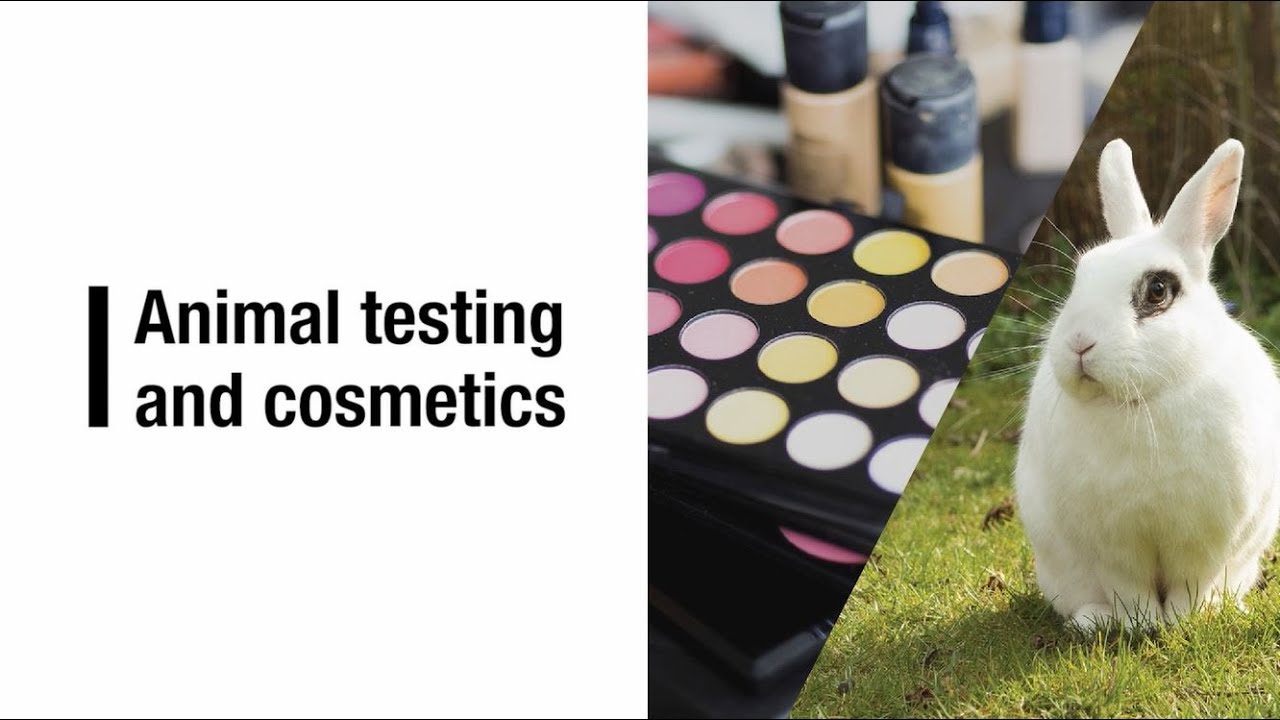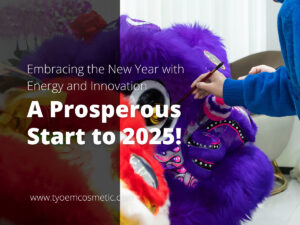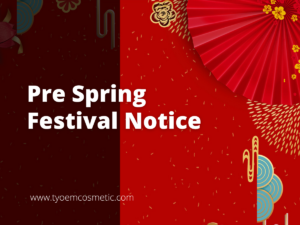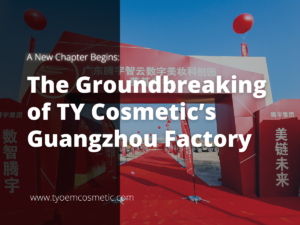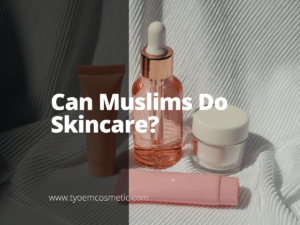Is your beauty care line contributing to a kinder world? Understanding cosmetics without animal testing is key to making the right choices in the expanding landscape of the beauty industry.
As an expert in the cosmetics industry, I bring insights into how cruelty-free products are reshaping beauty norms.
The movement towards cosmetics without animal testing is not just a trend; it’s a fundamental shift in the beauty industry. It champions ethical practices while delivering high-quality products.
In this ultimate guide, we’ll explore the implications of this shift and how businesses can adapt to and benefit from this change. Read on to uncover the depth and potential of cruelty-free cosmetics in today’s market.
1. Understanding Cruelty-Free Cosmetics
Cruelty-free cosmetics are those developed without any form of animal testing at any stage of product creation. This approach not only encompasses the final product but also extends to the ingredients used, ensuring that no animal suffering is involved from start to finish.
The idea behind cruelty-free beauty is grounded in respect for animal welfare, aligning with a growing public consciousness about ethical consumption. In this field, the focus is on using alternative, non-animal methods for testing safety and efficacy. Embracing cruelty-free practices also means adhering to strict guidelines and certifications.
Brands often seek official labels like the Leaping Bunny or PETA’s certification, which signal to clients and businesses that their products meet the highest standards of ethical production. This shift isn’t just a moral stance; it reflects a deep understanding of modern expectations and a commitment to sustainable, responsible beauty innovation.
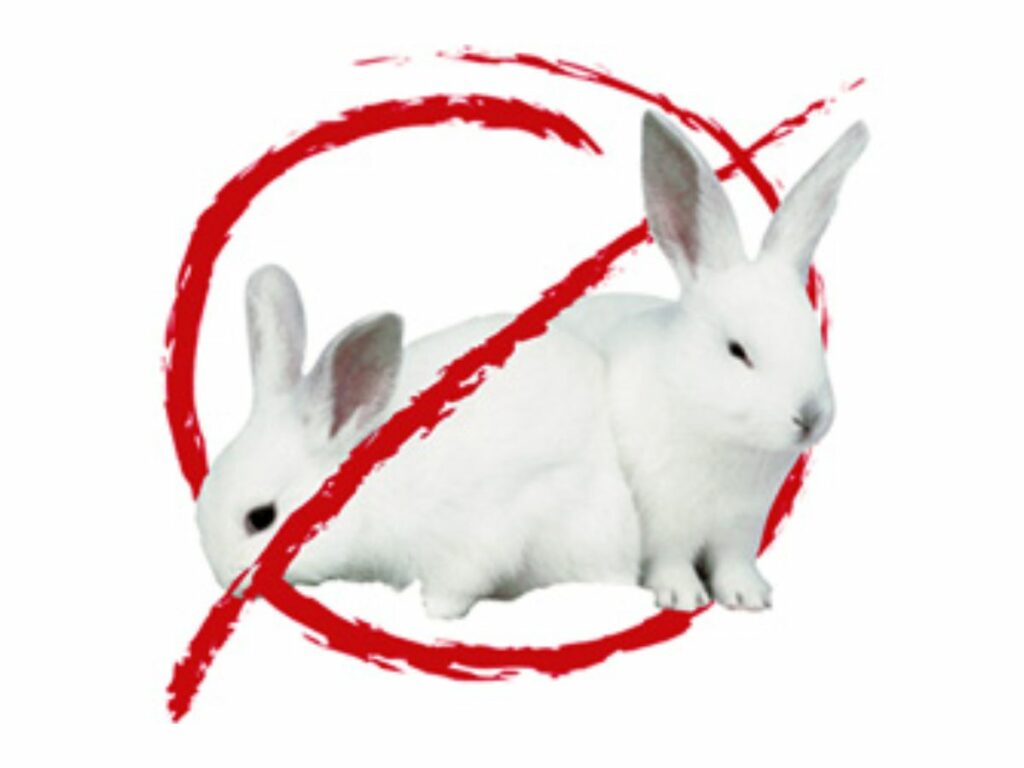
2. Benefits of Cruelty-Free Products on Skin Health
Cruelty-free cosmetics are not just beneficial for ethical reasons; they also offer numerous advantages for skin health, making them a healthier choice. Here are the key benefits of cruelty-free products for the skin:
- Reduced Risk of Allergies and Irritations: Many cruelty-free products are made with fewer harsh chemicals, dyes, and synthetic fragrances, which are common irritants in traditional cosmetics. This makes them a safer option for sensitive skin types.
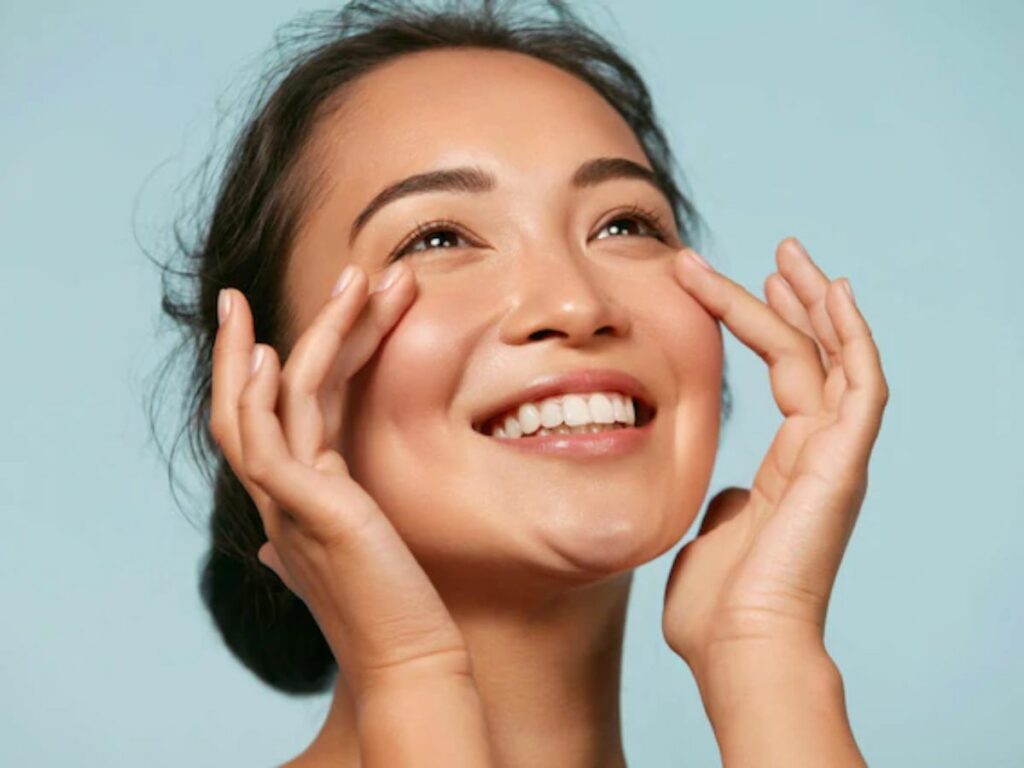
- High-Quality Ingredients: Cruelty-free brands often prioritize high-quality, natural ingredients over cheaper, potentially harmful synthetic alternatives. These natural components are generally more skin-friendly and nourishing.
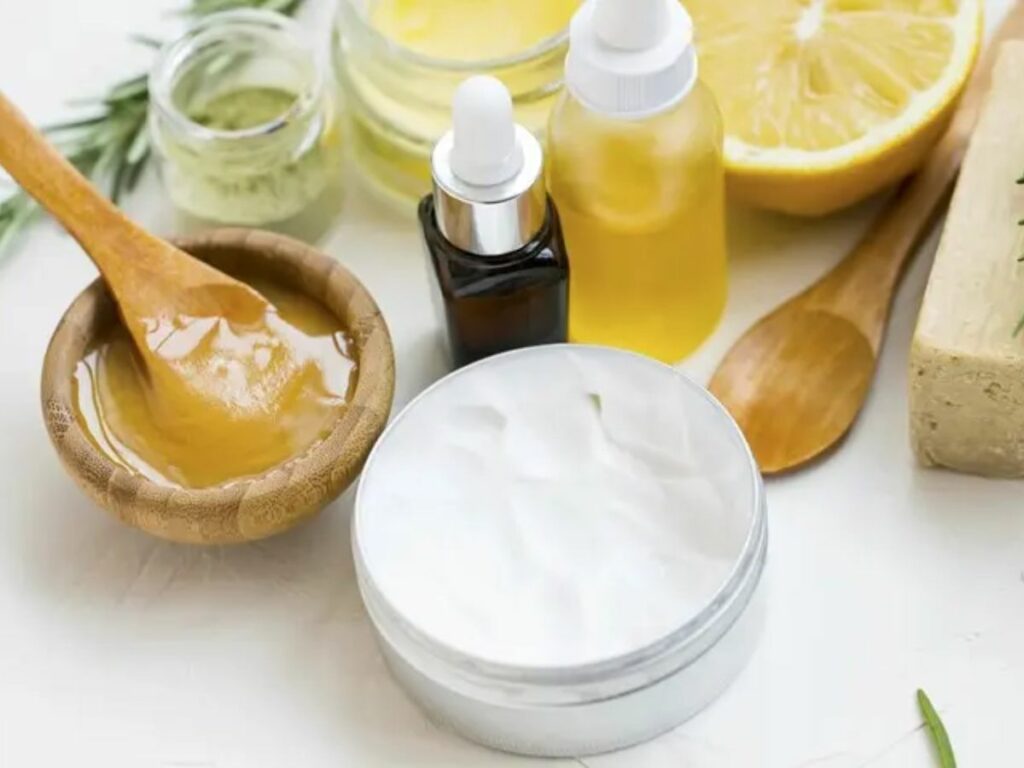
- Environmentally Friendly: Cruelty-free products usually have a smaller environmental footprint. Healthier ingredients mean fewer toxins and chemicals in your skincare, which is not only good for you but also for the planet.
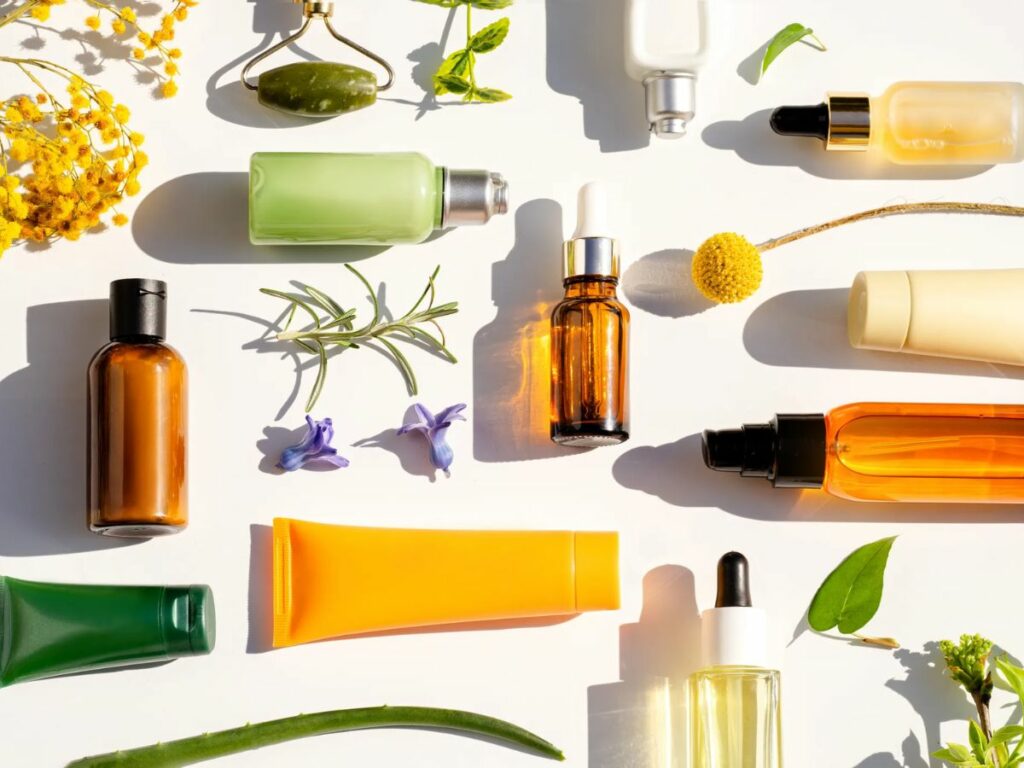
- Better for Sensitive Skin: These products tend to be more gentle, making them suitable for people with sensitive skin. They avoid harsh ingredients that can cause inflammation or breakouts.

- Innovative Formulations: Without the option of animal testing, brands are pushed to explore innovative, skin-friendly testing methods. This often leads to advanced, more effective skincare solutions.
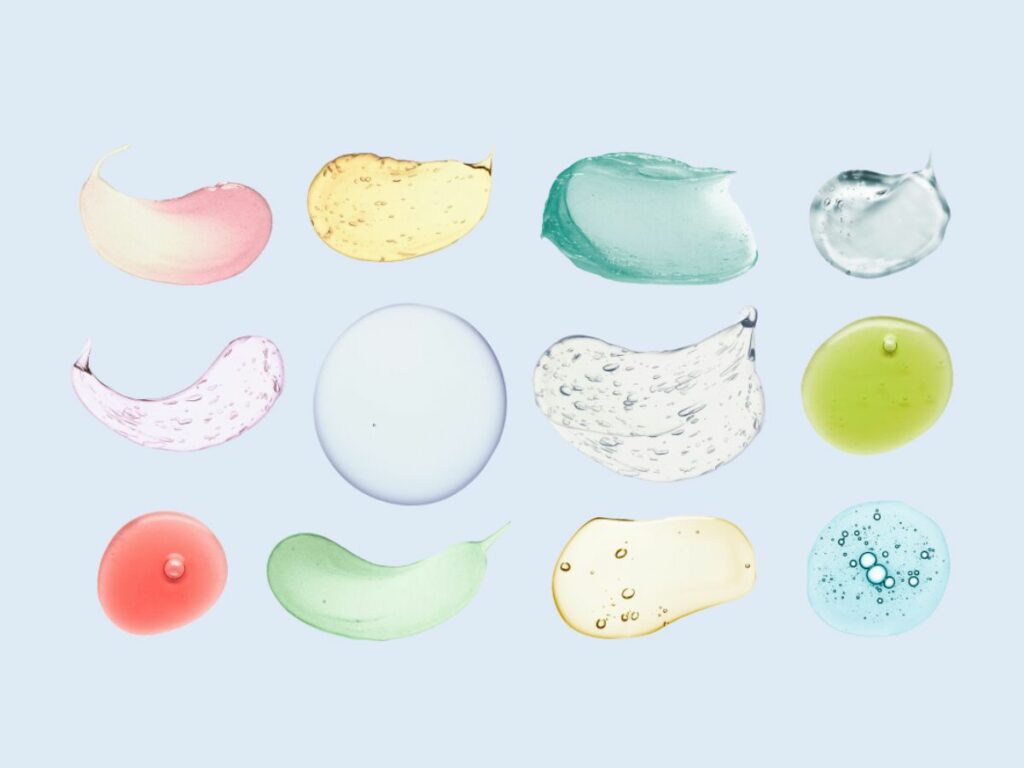
- Encourages Healthy Practices: Using cruelty-free cosmetics can inspire a healthier overall lifestyle. For instance, someone might switch to a cruelty-free moisturizer and then begin exploring other natural skincare options.
- Ethical Peace of Mind: Knowing your products are cruelty-free can bring a sense of mental well-being. For example, a user might feel more positive about their skincare routine, knowing no animals were harmed by their moisturizer.
3. Exploring Alternatives to Animal Testing
The shift towards cruelty-free cosmetics has stimulated the development and implementation of innovative alternatives to animal testing. Let’s break down some of these alternatives:
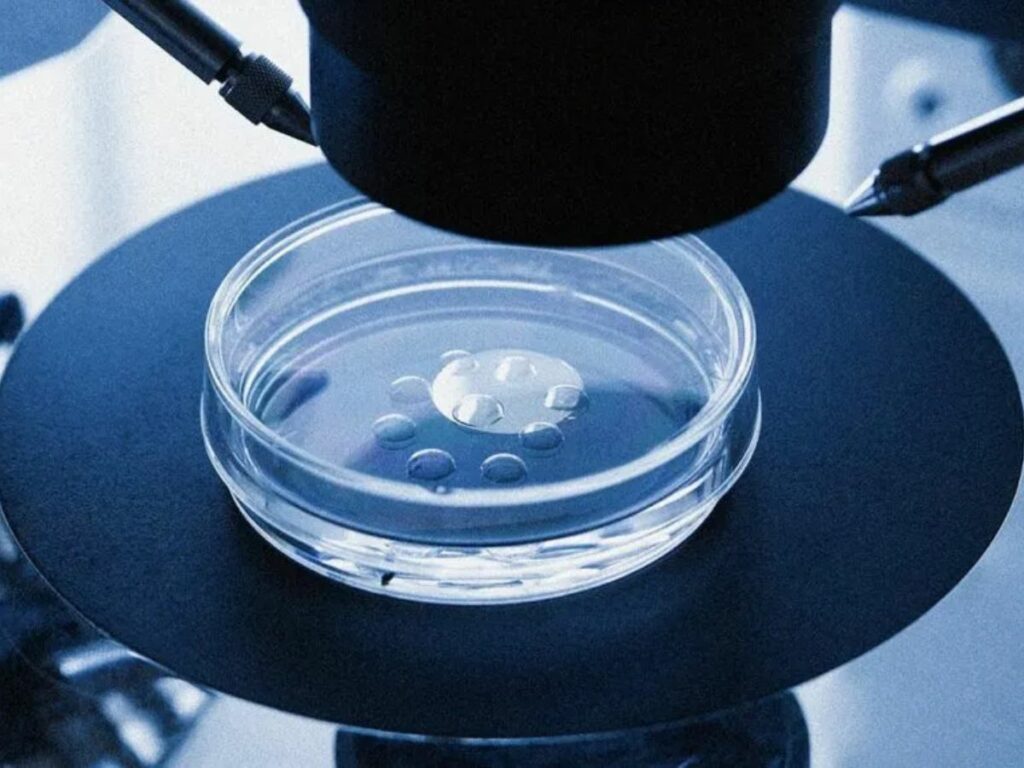
In Vitro Testing
In vitro testing, involves using cell cultures to assess the safety and efficacy of ingredients and products. This method can provide more accurate and relevant data compared to animal models, as it uses human cells and tissues. TY Cosmetic is increasingly adopting in vitro methods, recognizing their efficiency and ethical benefits. This approach speeds up the research and development process, for innovation in the cosmetic industry.
Computer Modeling
Computer modeling, or in silico testing, uses advanced blueprints and simulations to predict how substances will react in the human body. This method is particularly useful for identifying potential skin irritants or allergens. By simulating human biology and chemistry, researchers can assess the safety of ingredients without involving animals.
Human Volunteer Studies
Human volunteer studies are becoming more prevalent as an alternative to animal testing. These studies involve controlled testing on human subjects under ethical guidelines. This direct approach ensures that the results are immediately relevant to human use. For instance, patch testing for skin reactions is a common practice where small amounts of a substance are applied to the skin of volunteers to observe any reactions.
Advanced Imaging Techniques
Advanced imaging techniques, such as high-resolution microscopes and scanning, enable researchers to observe the effects of cosmetics on human tissues and cells in great detail. These techniques provide a deeper understanding of how products interact with human biology, surpassing the insights that animal testing could offer. These reflect a commitment to ethical practices and scientific advancement in the cosmetics industry.
4. Animal Testing Laws Around the World
The landscape of animal testing laws varies significantly across the globe, reflecting a wide ethical, cultural, and scientific perspective. Here are some of the key animal testing laws around the world:
The European Union’s Ban
The European Union has been a forerunner in establishing stringent animal testing laws. In 2013, they implemented a total ban on the sale of cosmetics tested on animals, regardless of where the testing occurred. This ban applies to both the finished products and their ingredients. It is set a model that many other regions have to follow. TY Cosmetics ensures that its products meet these standards to be marketable in the EU.
PETA’s Role
PETA (People for the Ethical Treatment of Animals) has been instrumental in advocating for cruelty-free practices in the cosmetics industry. They maintain a comprehensive database of companies that do not test on animals, helping consumers make informed choices. PETA’s certification and endorsement are sought after by brands aiming to establish their cruelty-free credentials.
California Cruelty-Free Cosmetics Act
California, known for its progressive legislation, enacted the California Cruelty-Free Cosmetics Act in 2018. This law prohibits the sale of any cosmetic product or ingredient that has been tested on animals after January 1, 2020. It reflects a growing trend within the United States to move towards more humane and ethical practices in cosmetics.
Animal Welfare Act in Asia
Several Asian countries have begun to introduce their versions of animal welfare legislation, addressing the issue of cosmetic testing on animals. For example, South Korea and India have made significant strides in banning animal testing for cosmetics, reflecting a shift in cultural attitudes and consumer demands. These laws are not only ethical milestones but also serve to align these countries with international standards.
Other Global Initiatives
Beyond these specific laws, there are other global initiatives and collaborations aimed at ending cosmetic testing on animals. These include international agreements and guidelines, such as those established by the International Cooperation on Cosmetics Regulation (ICCR), which includes representatives from the EU, the U.S., Japan, and Canada.
5. Environmental Impact of Cruelty-Free Cosmetics
The shift towards cruelty-free cosmetics is not only a win for animal welfare but also a significant step forward in reducing environmental impact. Here are the key environmental impacts of cruelty-free cosmetics:
- Reduced Biodiversity Loss: Traditional animal testing can lead to a decrease in animal populations and biodiversity. Cruelty-free cosmetics, by avoiding these practices, contribute to the preservation of wildlife and natural habitats.
- Decreased Chemical Pollution: Many cruelty-free products use natural, biodegradable ingredients that are less harmful to the environment. For instance, a cruelty-free shampoo might use plant-based cleansers instead of chemical sulfates, reducing water pollution.
- Lower Carbon Footprint: Cruelty-free brands often prioritize sustainability in their entire production process, resulting in a lower carbon footprint. This includes using renewable energy sources and sustainable manufacturing practices.
- Sustainable Packaging: Eco-conscious packaging is a common trait among cruelty-free brands. This includes using recycled materials, biodegradable packaging, or refillable containers, significantly reducing plastic waste.
- Support for Biodiversity-Friendly Ingredients: Cruelty-free cosmetics often source ingredients that promote biodiversity, such as organic and fair-trade components, which support environmentally friendly farming practices.
- Encouragement of Eco-Friendly Business Practices: The cruelty-free movement often goes hand in hand with broader ethical practices, encouraging companies to adopt overall environmentally responsible behaviors in all aspects of their business.
- Consumer Awareness and Behavior Change: The popularity of cruelty-free cosmetics fosters greater environmental awareness among consumers, leading to more informed choices that favor sustainable living beyond just beauty products.
6. Challenges in Transitioning to Animal-Free Cosmetics
Companies and others in the industry, face several hurdles in this shift, balancing ethical commitments with practical and regulatory requirements. Here are some key challenges in this transition:

Regulatory Hurdles
Going into the complex web of international regulations can be challenging for companies transitioning to animal-free cosmetics. Different countries have varying requirements and definitions of what constitutes cruelty-free or vegan products. For example, while the European Union has strict bans on animal testing, other regions may have less careful standards or even require animal testing for certain products.
Cost Implications
Switching to cruelty-free alternatives often involves higher costs. Developing and validating new testing methods, such as in vitro or silico techniques, requires significant investment. Furthermore, sourcing alternative ingredients that meet both ethical and performance standards can be more expensive than traditional options.
Consumer Perception and Education
Altering consumer perceptions and educating the public is another challenge. Despite growing awareness, there remains a segment of consumers who are either indifferent to or skeptical about cruelty-free cosmetics. Brands need to invest in marketing and awareness campaigns to shift consumer attitudes and drive demand for cruelty-free options.
Technological and Research Limitations
While alternatives to animal testing are advancing, there are still limitations in technology and research. Certain complex biological reactions are difficult to replicate with current methods, posing challenges in ensuring product safety and efficacy. Continuous investment in research and development is essential to overcome these limitations and develop more comprehensive testing methods.
7. 4 Tips on How to Identify and Choose Cruelty-Free Cosmetics
According to GlobeNewsWire, the Cruelty-Free Cosmetics Market Valuation is to Hit USD 14.23 Billion by 2030 at 4.56% CAGR. Here are five practical tips to help you choose genuine cruelty-free cosmetics:
#1 Choose Cruelty-Free Logos
The easiest way to identify cruelty-free products is by looking for certifications from reputable organizations. Logos from entities like Leaping Bunny, PETA, or Choose Cruelty-Free (CCF) are a reliable indicator. These certifications require companies to undergo rigorous assessments, ensuring their products and ingredients are not tested on animals. However, be cautious of unofficial logos or claims that could be misleading.
#2 Synthetic Skin Models
Developments in synthetic biology have led to the creation of artificial skin models that closely mimic human skin. These models can be used to test the safety and effectiveness of cosmetics without involving animals. They offer a promising alternative for assessing skin irritation, corrosion, and other dermatological effects, a significant advancement in the work of cosmetic laboratories.
#3 Check for Vegan Ingredients
While cruelty-free cosmetics are not tested on animals, they may still contain animal-derived ingredients. If you’re looking for products that are both cruelty-free and vegan, check the ingredient list for common animal-derived substances like lanolin, collagen, or carmine. There are comprehensive online resources and apps available that can help you decipher ingredient lists.
| Aspect | Description | Why It’s Important | Tips for Fitness Industry Professionals |
| Animal-Derived Ingredients | Identifying and avoiding ingredients that are derived from animals. | Ensures the product is cruelty-free and aligns with vegan principles. | Familiarize with common animal-derived ingredients like lanolin, collagen, and keratin. |
| Hidden Animal Products | Being aware of less obvious animal-derived ingredients that may not be clearly labeled. | Some ingredients may be animal-derived but not explicitly stated. | Look out for ambiguous terms like “natural ingredients” and seek clarification. |
| Certifications and Labels | Looking for official certifications or labels indicating vegan and cruelty-free status. | Certifications provide assurance of the product’s compliance with vegan standards. | Prioritize products with certified vegan labels like PETA or Leaping Bunny. |
| Brand Ethos and Transparency | Researching the brand’s ethos and commitment to cruelty-free practices. | A brand’s overall ethical stance can indicate their commitment to vegan principles. | Choose brands with a transparent supply chain and ethical sourcing practices. |
| Plant-Based Alternatives | Opting for ingredients that are plant-based or synthetic as alternatives. | Plant-based or synthetic alternatives are often cruelty-free and sustainable. | Promote products that use plant-based ingredients like aloe vera or shea butter. |
| Cross-Checking Resources | Utilizing online resources and databases to verify ingredients. | Independent verification helps confirm the cruelty-free status of ingredients. | Use resources like the EWG Skin Deep database or the Think Dirty app for verification. |
#4 Cruelty-Free Guides and Apps
Several online guides and mobile apps are dedicated to helping consumers find cruelty-free products. These resources regularly update their lists based on the latest information and can be a convenient tool when shopping. Apps like Bunny Free or Cruelty Cutter allow you to search for brands or scan product barcodes to check their cruelty-free status.
Conclusion
In wrapping up this journey through the ethical and practical aspects of cruelty-free cosmetics, we hope this guide has been enlightening and instrumental in your choices toward more ethical beauty practices. It’s a resource designed to help businesses navigate the evolving landscape of the cosmetics industry.
For those interested in exploring a range of high-quality, ethically-produced cosmetic products, TY Cosmetic is an excellent starting point. For more information or to explore their offerings, feel free to contact us.
